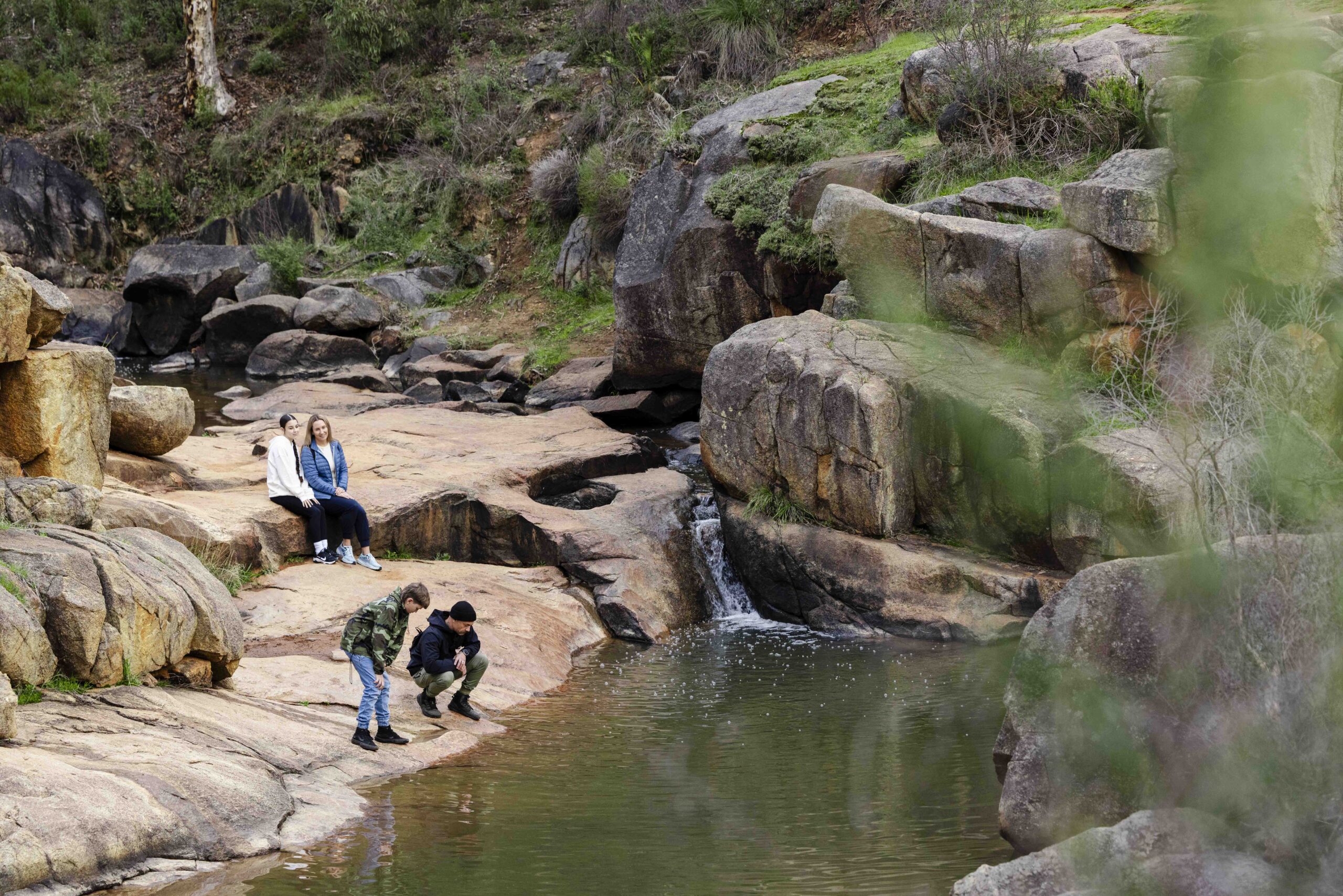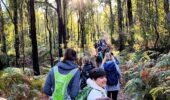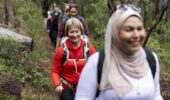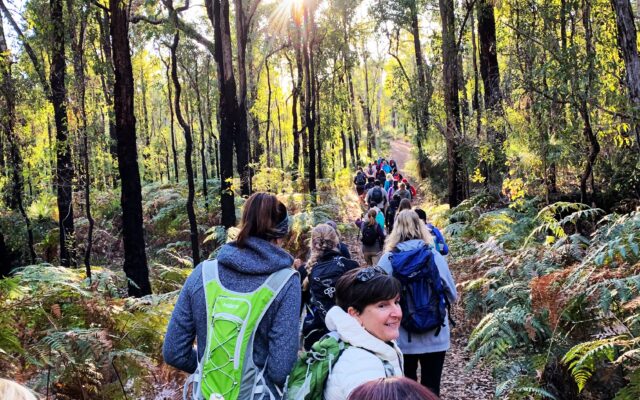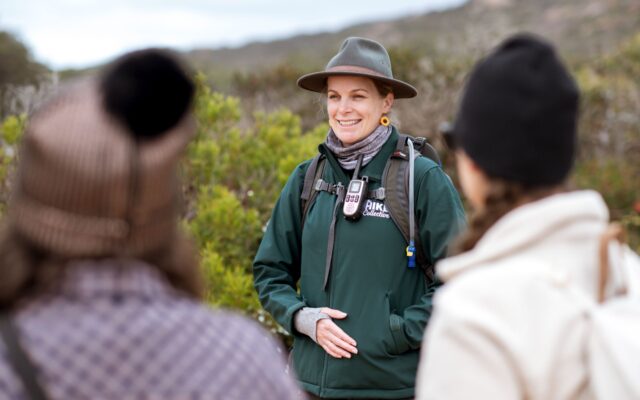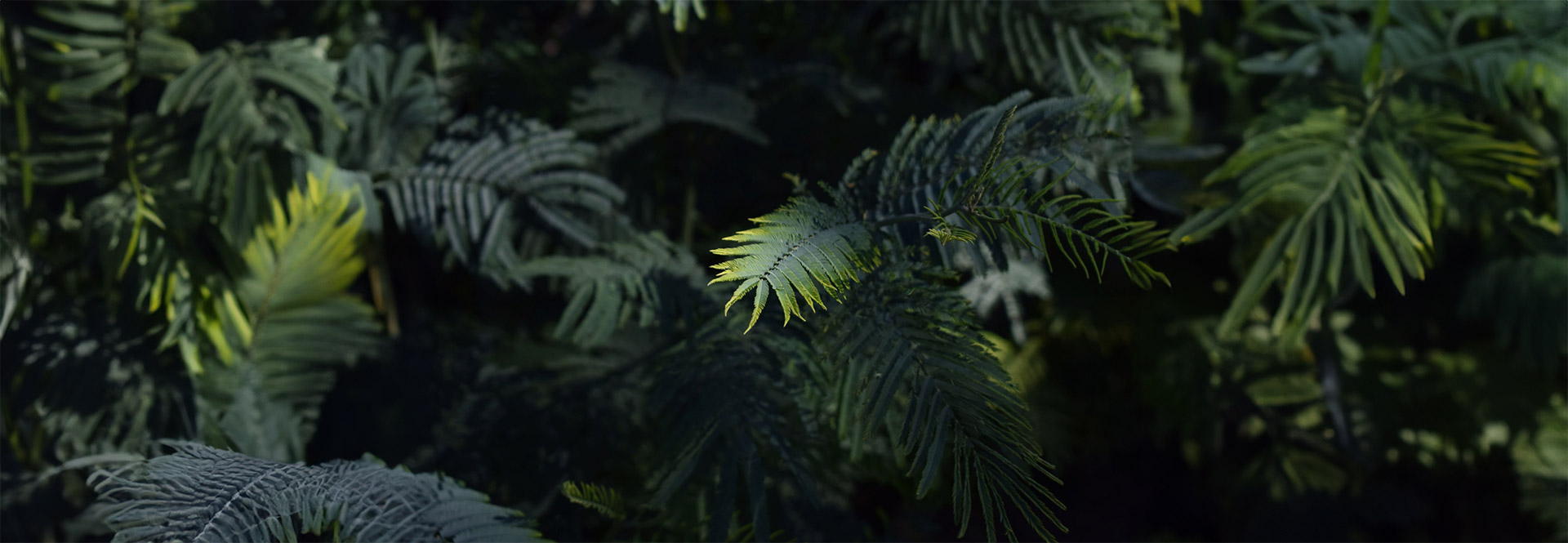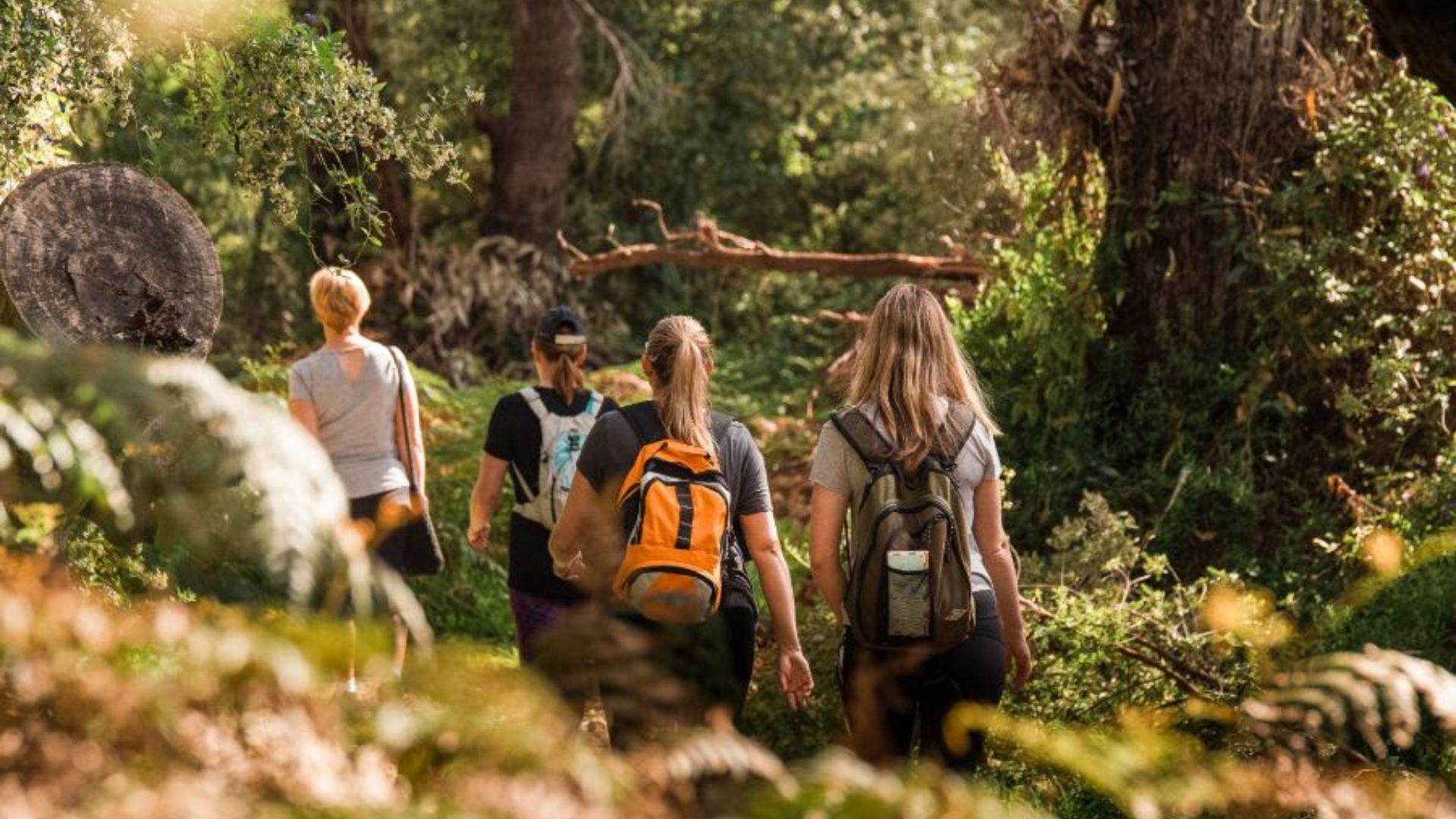25th November 2025
The 10-Second Trick That Brings Kids Back Into the Room
If you’ve ever watched a group of children drift slowly out of the moment , staring at the ceiling, fiddling with pencils, planning their future careers as astronauts, you’ll know that getting attention back can feel like trying to catch smoke.
Teachers feel this every day.
Parents feel it at home.
And yes, I feel it with my own son.
But there’s a tiny, almost magical reset that works in classrooms, playgrounds, bush trails, and lounge rooms alike.
It’s called the 10-Second Sound Safari.
And once you try it… you’ll start using it everywhere.
What is the 10-Second Sound Safari?
It’s beautifully simple:
Ask children to listen for the furthest sound they can hear.
Then ask them to listen for the closest sound (often their breath or clothing).
That’s it.
No speeches.
No mindfulness scripts.
No “everyone sit criss-cross apple-sauce.”
Just 10 seconds.
Two sounds.
A whole new class.
The science
When you ask a child to locate a far-away sound, the brain switches into what researchers call the orienting attention network.
It’s the same system kids use naturally outdoors — tuning in to birds, wind, rustling leaves, footsteps, water, distant voices.
When this network switches on, something incredible happens:
mental noise drops
emotional overwhelm softens
sensory load decreases
executive function comes back online
Then, when you ask them to find the closest sound, the brain shifts gears again, this time toward interoception (awareness of the body).
Together, those two steps pull the nervous system out of “scattered mode” and back into “present mode.”
Researchers studying nature-based learning, green schoolyards, and child attention patterns have found that these sensory shifts are precisely why students think and feel differently outside.
And here’s the best part:
The brain doesn’t care if you’re in a forest or a classroom.
Auditory orientation works anywhere.
Why it’s especially powerful for today’s kids
Modern life is busy.
Loud.
Visually dense.
Full of tiny demands on tiny nervous systems.
This creates what researchers call sensory load, and it’s one of the reasons attention is harder for students today than ten years ago.
A Sound Safari cuts through that load instantly.
It gives the brain one job.
One input.
One moment of “Oh, I can settle here.”
You’ll notice it in shoulders.
In breathing.
In faces.
In the sudden quiet that feels like a teacher superpower.
A little confession from me (mum moment incoming)
I use the Sound Safari with my own son. When he’s floating away from me mid-conversation, when his body’s busy before bed, or when his feelings are loud and his words aren’t ready yet…
I’ll say:
“Quick sound safari – what’s the furthest sound you can hear?”
He’ll pause… listen… name something…
and then his whole system drops about three floors.
Then I ask:
“What’s the closest sound?”
Usually it’s his breath.
Sometimes it’s his jumper moving.
Once it was a biscuit crunch… we’ll take it.
Either way, it brings him right back into the room with me. Present, regulated, reachable.
And if it works in my kitchen, it absolutely works in a classroom of thirty.
Try this with your students tomorrow
Here’s the quick version you can copy straight into your planning:
THE 10-SECOND SOUND SAFARI
“Everyone listen… what’s the furthest sound you can hear?”
Pause 5 seconds
“Now what’s the closest sound?”
Pause 5 seconds
Afterward, you’ll feel the whole room steady.
It’s tiny.
It’s fast.
And it slots beautifully between lessons, transitions, and moments where attention is simply not happening.
Why we use this in Wild Minds
Every Wild Minds session, from Kings Park to Wadjemup to Karijini, weaves simple sensory orientation into curriculum-aligned adventure learning.
It’s not mindfulness.
It’s not behaviour management.
It’s biology.
Outdoor learning taps into the parts of a child’s brain that thrive on curiosity, movement and calm, which is why teachers often say:
“I didn’t know they had this much focus in them.”
“They were kinder out there.”
“They worked together like a different class.”
Nature does half the teaching.
We guide the rest.
If you’d like to bring this to your school…
Wild Minds programs support curriculum outcomes in:
Science
HASS
HPE
General Capabilities
Leadership & teamwork
…while giving students the mental space their brains are craving.
Try the Sound Safari once and notice what happens.
Sometimes the most powerful tools are the simplest.
From my wild heart to your classroom,
Kate

